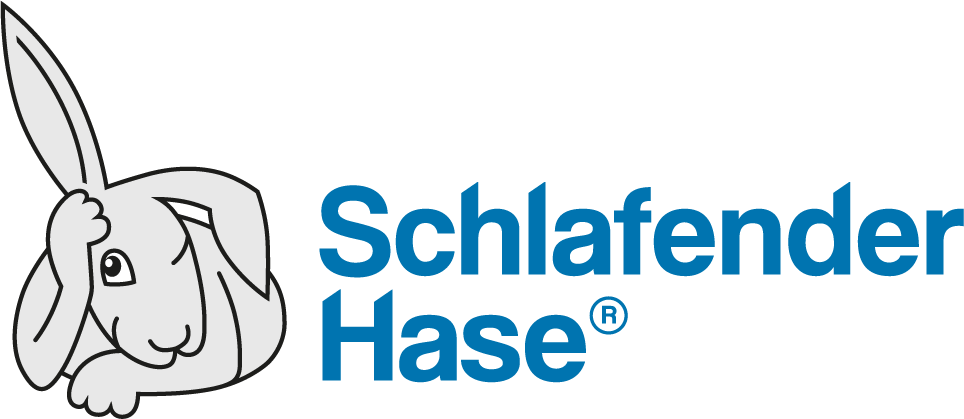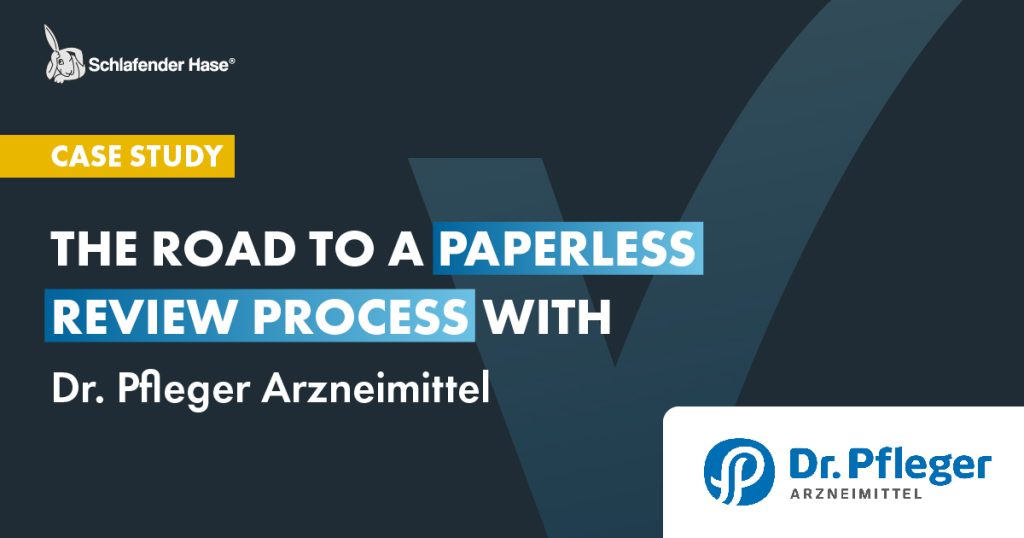Celebrating Earth Day: Improving Workflows with Paperless Document Reviews
“It’s more than just a day, it’s a “movement,” declare the organizers. In 1970, the year of the first Earth Day, the Jackson 5 dominated the Billboard Hot 100 chart in the US with their hit song “ABC,” while The Beatles trailed closely at No. 2 with “Let It Be.” The same year, the Polaroid camera was patented, allowing the world to view snapshots in near-real time (today, our cell phones do that without paper). In a significant milestone, the Environmental Protection Agency was established in the US. Today Earth Day is over 50 years old and celebrated with events all around the world.
About Earth Day
Earth Day is a commitment to safeguarding and enhancing our natural environment, with an anticipated mobilization of over 1 billion people in 2024. At Schlafender Hase, when we thought about how Earth Day affected us as individuals and a company, we unanimously agreed: it’s especially about trees and minimizing use of paper. Globally, between 4 and 8 billion trees are felled annually for paper production (see https://8billiontrees.com). [1]

Common strategies and practices for a paperless document review and workflow
Paper is costly and polluting. According to one estimate [2], one ton of paper costs about 17 trees, 26,000 litres of water, 4000 kW power and 240 litres of fuel. Environmentally sustainable practices by businesses are an investment in the future. They also have the added incentive of building customer goodwill. Here are a few examples of common strategies and practices companies are adopting for a paperless workflow:
- Digital documentation, with electronic signatures when necessary
- Digital communication (think of how much paper has been saved by email, digital newsletters, website presences and digital messaging)
- Electronic billing and invoicing
- Online forms
- Green policies and initiatives such as reducing carbon footprints through digital conferencing rather than travel
- Digital workflows
Paper-based vs. automated proofreading
Frankly, this is a no contest. To illustrate this, let’s first divide proofreading into three ages: Prehistoric, Industrial and Digital.
- Prehistoric
Old hands might recall the “Prehistoric” age of diligently drafting documents in their best handwriting, dispatching these to a typing pool, correcting the typewritten document with cryptic proofreading mark-ups, and repeating the proofreading cycle as often as needed until everything was right. Enter the post boy or girl, who sorts and distributes the document to the designated departments via a dumb waiter. Recipients read the paper documents, return these, collation begins, redistribution, correction… the cycle continues seemingly ad nauseum. Review cycles were slow, time-consuming and cost very many trees.
- Contemporary, but still “Industrial”
Let’s jump ahead to 2024. We’re in a digital age, but proofreading practices are stuck in an “Industrial” age. Imagine two proofreaders huddled over a pharmaceutical regulatory document, piles of other papers on desks, coffee cups in hand to get through a tedious third review cycle while proofreading manually. They have printed out two documents on paper. One is the approved original document in MS Word, the other a PDF artwork document. One person is reading aloud the text of the approved document to the other. The second proofreader is following this on a copy in layout, at the same time struggling to focus on any missing letters or words, reversed figures, and anything else that might be overlooked by the reader.
- Digital and paperless
Now let’s focus on a paperless “Digital” age of proofreading.
As in the second hypothetical, the document has been drafted in MS Word and the artwork document must be proofread for errors. This time, however, only one proofreader is required since digital proofreading must be performed with a content comparison software like TVT. In this situation, a Regulatory Affairs professional, let’s call her Elena, is tasked with proofreading, all she needs to do is:
- Open TVT
- Load the documents that need to be compared
- Press compare
Running a comparison allows her to immediately see any deviations highlighted by TVT. In this example, the dosage for a prescription drug says 12 mg instead of 2 mg! How did that get there? This would cause a Class I recall in the US. Elena annotates the PDF in TVT for change and forwards this digitally to the artwork department for correction. It is quickly returned, duly corrected.
There is no need for Elena to proofread the entire document again, as any newly introduced errors would be visible to her right away in TVT. Disaster has been avoided. TVT has documented all proofreading steps and Elena has generated a final report in PDF and saved this, creating an audit trail of the proofreading process (and paperless document review).
As early as 2008, Dr. Pfleger Arzneimittel, a company specializing in over-the-counter and prescription medication, implemented a paperless workflow using TVT. “Not only was the tool easy to use, it allowed us to become more efficient and scale up our output significantly,” said Dr. Anna Derr, Senior Project Manager of the Medical Information Department at Dr. Pfleger Arzneimittel. To learn more about this real-life example of making an impactful change to a paperless review process, read the case study here.






